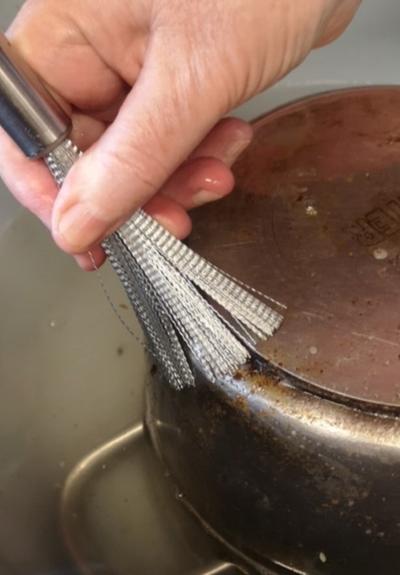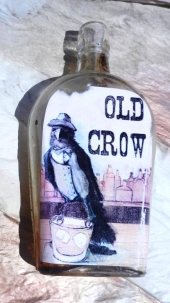
 2
2




 3
3




Finished 2 life quests (well... almost). Wondering what to do next? Zone 5b
 3
3




 3
3




Once you make a decision, the universe conspires to make it happen. - Ralph Waldo Emerson
 3
3




Mike Barkley wrote:goo gone The pros use this.
simple green I prefer this because I believe it's more environmentally friendly.
“It’s said war—war never changes. Men do, through the roads they walk. And this road—has reached its end.”
 1
1




JayGee

 1
1




“It’s said war—war never changes. Men do, through the roads they walk. And this road—has reached its end.”




Weeds are just plants with enough surplus will to live to withstand normal levels of gardening!--Alexandra Petri




 2
2




Nails are sold by the pound, that makes sense.
Soluna Garden Farm -- Flower CSA -- plants, and cut flowers at our farm.
 4
4




Alder Burns wrote:I have rehabilitated hundreds of jars, many scrounged from dumpsters and recycling centers, which had not only labels but often foul and dried food residue inside. I put them into what I called the "long soak" by filling a tub or barrel with water and sinking them down in there till there were jars sunken every which way most of the way to the top. Then start an ecosystem in the water with water plants and add some mosquito fish. Frogs and toads and such will find their way in too. Have the thing in at least part sun so that algae will grow nicely. Leave them there for a year. All the microbes and so on in the water will treat the gunk and the glue as food. When I finally fish them all out, mostly they will wipe and rinse sparkly clean!
He whai take kore noa anō te kupu mēnā mā nga mahi a te tangata ia e kōrero / His words are nothing if his works say otherwise




Invasive plants are Earth's way of insisting we notice her medicines. Stephen Herrod Buhner
Everyone learns what works by learning what doesn't work. Stephen Herrod Buhner
 1
1




Thanks, Y'all!




 2
2








 1
1




You should never forget that every creature has its purpose in the cycle of nature and can also be very important to humans. Sepp Holzer's Permaculture
 1
1




T Blankinship wrote:Get a labelnator! It is one of the tools I use to get labels off of bottles and it works. Here is a link: http://www.labelnator.com/
I am only one, but still I am one. I cannot do everything, but still I can do something; and because I cannot do everything, I will not refuse to do something that I can do. (E.E.Hale)





How Permies works: https://permies.com/wiki/34193/permies-works-links-threads
My projects on Skye: The tree field, Growing and landracing, perennial polycultures, "Don't dream it - be it! "
 1
1





How permies.com works
What is a Mother Tree ?
 1
1




"When the whole world is running towards a cliff, he who is running in the opposite direction appears to have lost his mind." C.S. Lewis
Visit https://themaineingredient.com for organic, premium dried culinary herbs that are grown, processed, and packaged in the USA.

|
sunglasses are a type of coolness prosthetic. Check out the sunglasses on this tiny ad:
Learn Permaculture through a little hard work
https://wheaton-labs.com/bootcamp
|








